Where is the line between genius and madness? The Belgian artist, poet, and art thief Stéphane Mandelbaum’s attempt to create a lasting mythology of himself led to a macabre, untimely death.
To understand the Belgian artist Stéphane Mandelbaum, it is best to begin at the end of his life. Few agree on how he lived, but most agree on how he died. It was garish and violent. He was shot in Namur, in central Belgium. Acid was splashed on his face to make his body harder to identify. His corpse was thrown into a landfill. He was twenty-five years old. His bright, brief life and his art-brut style are often compared to those of Jean-Michel Basquiat, but whereas Basquiat found his way to the center of the art world, Mandelbaum was always an outsider. His life was a mixture of realities and self-imposed fictions that were so potent that even he forgot who he was. At the crucial moment of his death, Mandelbaum thought he was a hardened criminal when, in truth, he was closer to a doughy artist, a controversial but ultimately bashful poet of the visual.
His death came in December 1986 when he had attempted to steal a painting by Amedeo Modigliani called “The Woman with the Cameo” from an elderly woman’s home in Ixelles, a tony suburb of Brussels, along an avenue studded with Art Deco buildings. He had been promised money for the painting from friends who had connections to the black market. Having made almost no money from selling his own art, which was largely deemed too perverse and risqué, he desperately needed the funds. The problem was that there is no such painting by Modigliani called “The Woman with the Cameo.” What he stole was entirely fake. It is impossible to know whether Mandelbaum was aware of this or not—or whether or not the woman who owned it knew—but, when he turned it over, his buyers realized the truth and murdered him. That is, at least, the most agreed-upon story. Almost nothing about Mandelbaum is certain.
On through May 20, in the tucked-away Gallery of Graphic Art in Paris’ Pompidou Center and preceded by a series of warnings that the exhibition is particularly vulgar and violent, this retrospective of Mandelbaum is composed of about a hundred of his works, most of them works on paper, done in ballpoint pen, charcoal, and colored pencil. The show is a rarity: never before has he been given a major museum show. And for good reason: Mandelbaum is a curator and historian’s nightmare. Sorting through what is true and what his false about Mandelbaum is an enormous challenge. Even in his own diaries he lied about what he had done, claiming, for instance, that he had frequented a prostitute who did not exist, and that he had robbed a home on a street where no such home exists.
Mandelbaum was born in Brussels in 1961. He was diagnosed as dyslexic as a boy, so his parents enrolled him in an alternative boarding school, from which he came home only on weekends. Learning to write was difficult, and he turned to drawing as an easier means of expression. His drawings frequently incorporated writing, though, like Basquiat, the text was often riddled with spelling errors, both intentional and unintentional. At sixteen, he began studying at the Watermael-Boitsfort Academy of Art, where he began to draw more pornographic works. He called his notebook “my pigsty.” He began training in combat sports, dressing more sharply, and drawing increasingly sexualized figures.
In 1979, he transferred to the School of Plastic and Visual Arts in Uccle, where his style developed further. He became focused on tragic histories, mediated through the comic and the outrageous. He mostly drew profiles. In one of his best, “Der Goebbels,” from 1980, he drew Joseph Goebbels, the Nazi Minister of Propaganda. Mandelbaum depicted him with great strength and heft but also evil: his eyes dark with charcoal, his fists clenched and raised. He is yelling something. From his mouth come white circles, like a comic-strip balloon. The features are exacting— Goebbels’ hairline is receded slightly but perfectly combed, his face shadowed ominously. His teeth are invisible, his mouth open wide. Whatever he is saying—the bubble is left blank—is of great power and importance. Mandelbaum used white space to depict the historical void. His drawings are so packed with words and precise details that these blank expanses become all the more powerful. In another drawing, for instance, also from 1980, called “Composition (Portrait of Bacon),” which he drew in ballpoint pen and felt pen, he depicted various angles of Francis Bacon, whom he greatly admired, leaving white space only in the top left corner. The rest of the work is full of images of Bacon as well as versions of figures Bacon had drawn, done in Mandelbaum’s sickly, pornographic style, which evokes Egon Schiele. Mandelbaum drew words within words. He wrote “FOU” (meaning “crazy”) creating the shape of the letters through words that describe the colors Bacon favored (“blanc, rouge, vert”). Other words scattered throughout the drawing seem to track a shifting set of feelings. “Vive la vie” (“Live life”), he writes; then, in enormous lettering: “Salope” (“Bitch”). One imagines the white space he leaves to soon be filled by new, spontaneous feelings and emotions: fresh views of Bacon, his own latest thoughts and frustrations.
Mandelbaum’s art gives the impression of constant motion—the shifting feelings of a single work jumble together and on top of each other. This might be why he so quickly gave up on engraving (of which there are several examples in the Pompidou show), favoring the ease and speed of drawing instead. In the period between 1980 and his death in 1985, Mandelbaum saw a huge amount of art in Brussels, reading widely, especially on Japanese art and Jewish history, and worked tirelessly on his art, often sleeping for only a few hours each night.. Between 1980 and 1982 especially, he created the vast majority of his art and what would ultimately be his legacy.
It’s frankly difficult to judge the life and works of an artist who lived to only 25. His interests jumped between exotic Japanese images of octopuses performing cunnilingus to faux-fawning depictions of Nazis. But his interest ultimately centered on outsiders: thugs, war criminals, artists intrigued by the perverse and unaccepted, like Arthur Rimbaud and Pier Paolo Pasolini. In 1980, he drew a profile of Pasolini, perhaps sensing a similarity between himself and the Italian director who was both gay and known for directing perhaps the most grotesque film of all time, Salò, or the 120 Days of Sodom, an updated version of the Marquis de Sade’s libertine classic. In the work, next to his drawing of Pasolini, Mandelbaum pasted a small picture of Christ, blood streaming from chest, a winged cherub on his back. In the style of Pasolini’s films, Mandelbaum perverted this image, pasting another small cutout of an uncircumcised penis over Christ’s waist. In another drawing, from 1983, called “Dream of Auschwitz,” Mandelbaum depicted an erect penis next to the gates of Auschwitz; in another, from 1982, “Kischmatores: Portrait of Arié Mandelbaum,” he drew a black-and-white image of his father, Arié—a known painter and art teacher—above a colorful picture of a Nazi officer. In one of his most disturbing works, “The Nazi, Saint Nicholas, the Brothers, and the Grandmother,” from 1978, he painted his family portrait but gave himself, as a boy, a yellow Star of David and added in a Nazi officer and the Catholic bishop Saint Nicholas standing next to his family.
Mandelbaum’s art was about these kinds of additions—adding a penis to Christ, adding a Nazi general to his family portrait. These things, existed—Christ had genitalia; Mandelbaum’s Jewish family had been persecuted — but they had also been buried, whether out of decorum or grief. Mandelbaum, however, saw it as his artistic task to dredge everything up. His desire to depict the people he most admired was not just about veneration but about testing his own versions of himself against those he most respected. In the case of Bacon, Anne Montfort, the exhibition’s curator, writes in one of the catalog essays, “These, however, exceed simple homage because they offer the artist the opportunity to measure himself against the British painter.”
In 1985, Mandelbaum had his first exhibitions, at the Galerie Hugo Godderis in Furnes, in northwest Belgium, then, later in the year, at the Galerie Colmant in Brussels, the latter of which he dedicated to his father and also to an infamous pimp and sex trafficker whom he had never met. In these gallery shows in the year before his death, his works began to enter into a kind of crossover genre that had already begun to define his life: a mix of truth and untruth. The transgression was less about any kind of particular crudity of sex or violence, than it was about creating a transgressive, shifting identity. Around this time, he had fallen in with the Brussels underworld, at first through painting their portraits, and then through living their lifestyles. He spent time with thugs in the then-shady Brussels neighborhood of Matonge, stole a series of netsuke statuettes, assaulted and robbed a car collector. In 1986, he went to Zaire, to visit the childhood home of his wife, Claudia. The real intention of the trip, however, was to illegally traffic rare African artifacts back to Belgium and to sell them to collectors through the black market. On October 12 of that year, he stole the fake Modigliani. It was almost as if he couldn’t help translating the transgressive nature of his art to his own life.
The process of self-creation is a fundamental one to art. Mandelbaum sliced his entire mode of being into distinct contradictions. He came from a Jewish family, but he drew and painted fetishized images of handsome Nazi generals. He was gay, but he was married to a woman, and his artworks abounded with a rejection of these truths: “fucking Jew,” “fucking gay Jew”—these words scrawled largely and crudely behind small figures of painters and poets he admired. He was not a criminal when he began to paint portraits of prostitutes, thugs, pimps, and gambling bosses, but perhaps they led him to become one. He bragged of robberies he had never committed until he began to commit robberies. He created a self that did not exist until it did. In January 1987, children discovered his body—his face chemically disfigured, two bullets in his skull. His life took the shape of a myth, the distance between truth and fiction still nearly impossible to parse.
Cody Delistraty is a writer and critic in Paris and New York.
from The Paris Review http://bit.ly/2PnyYlz
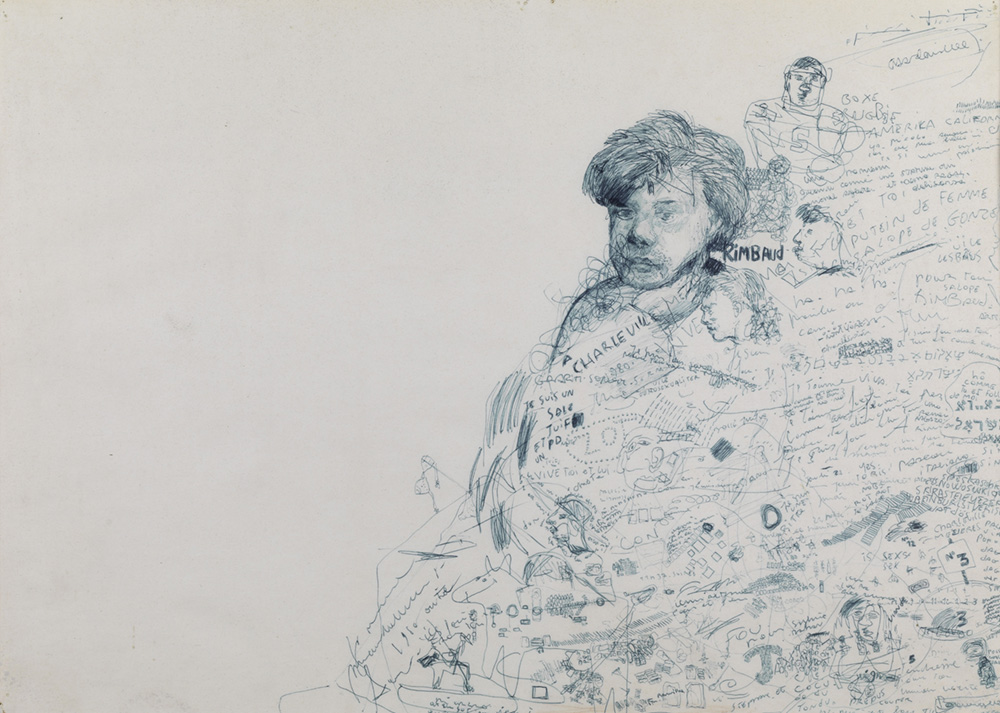
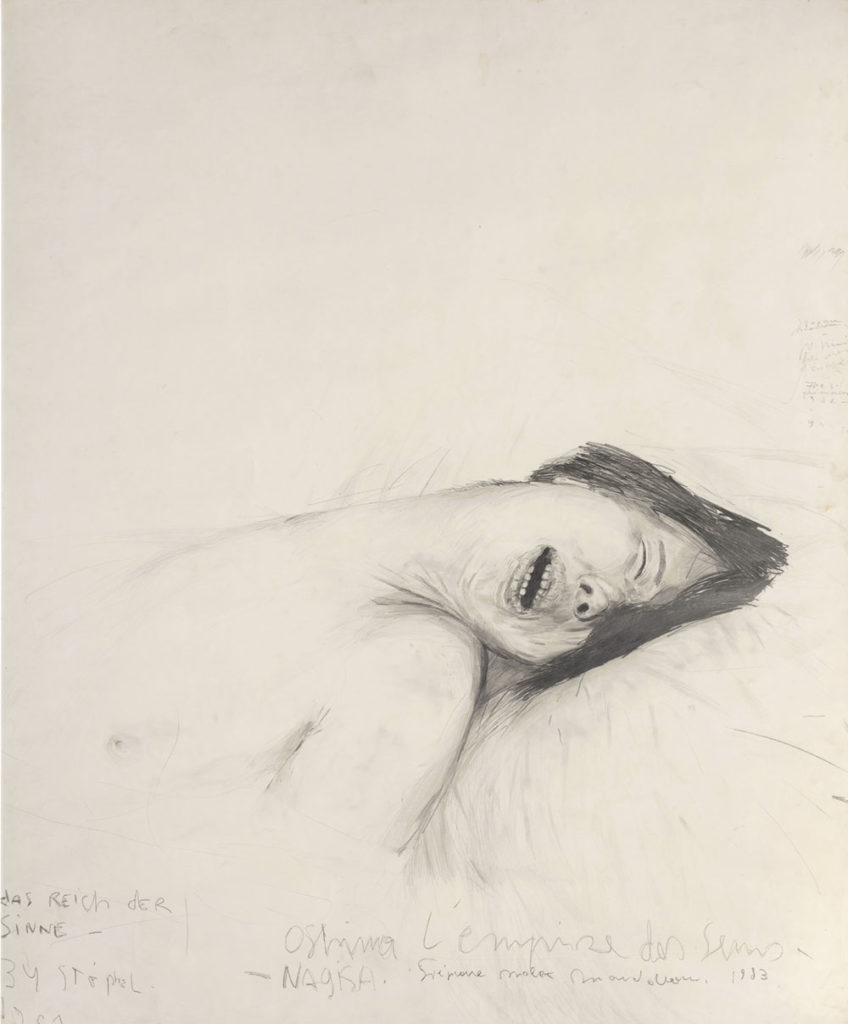
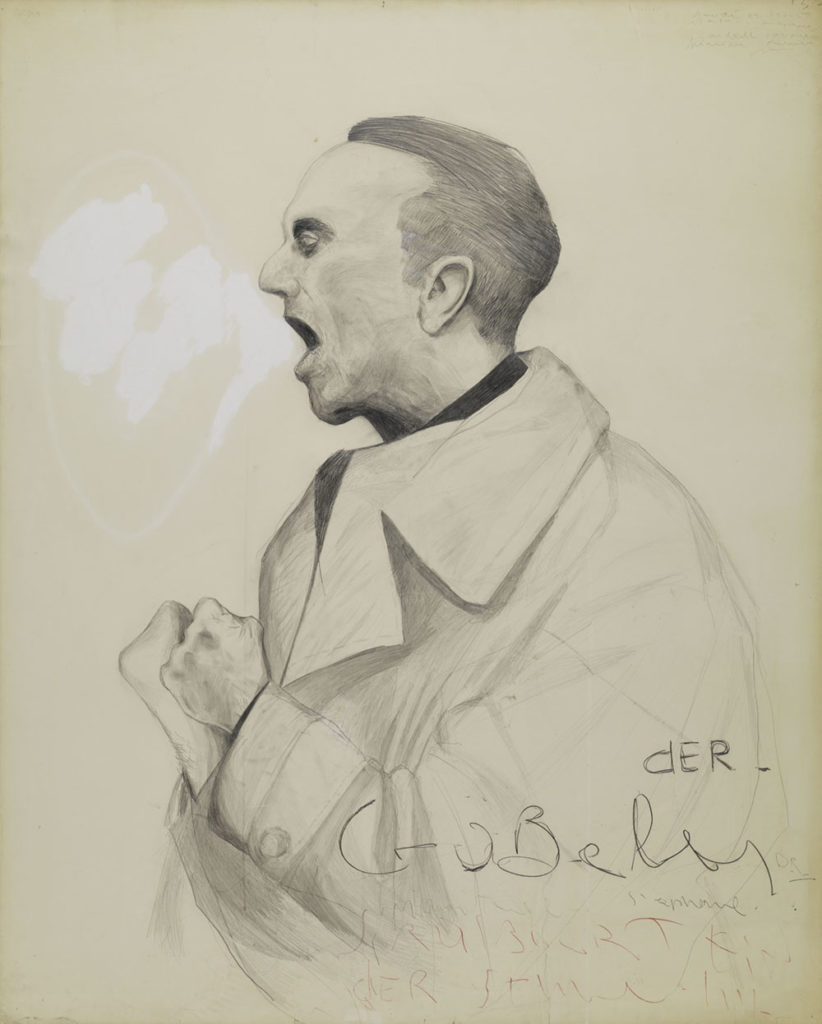
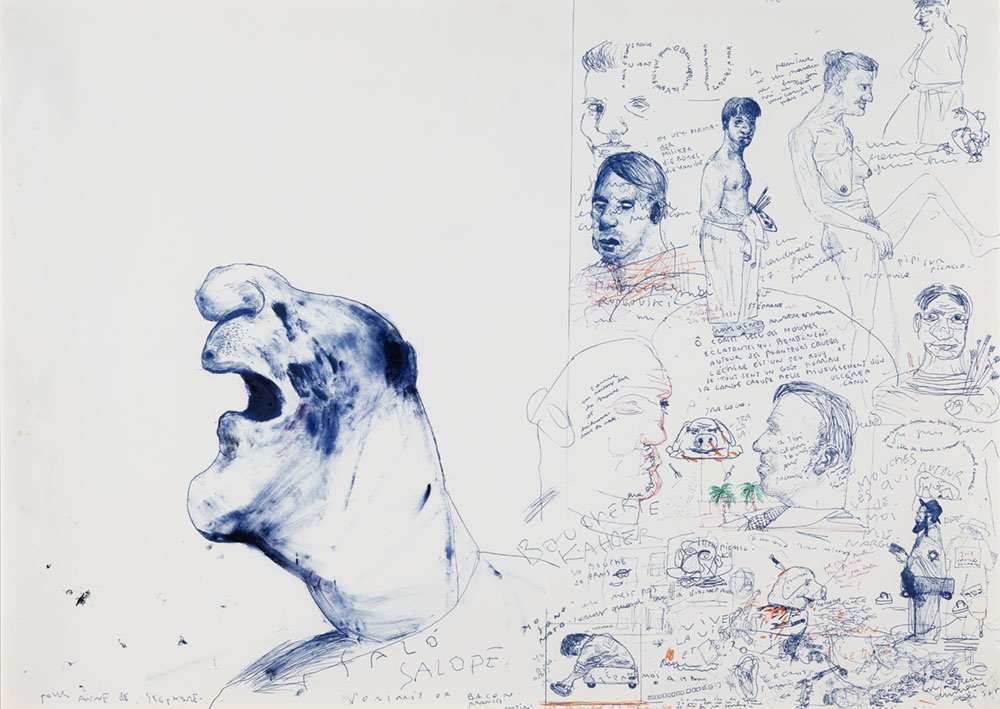

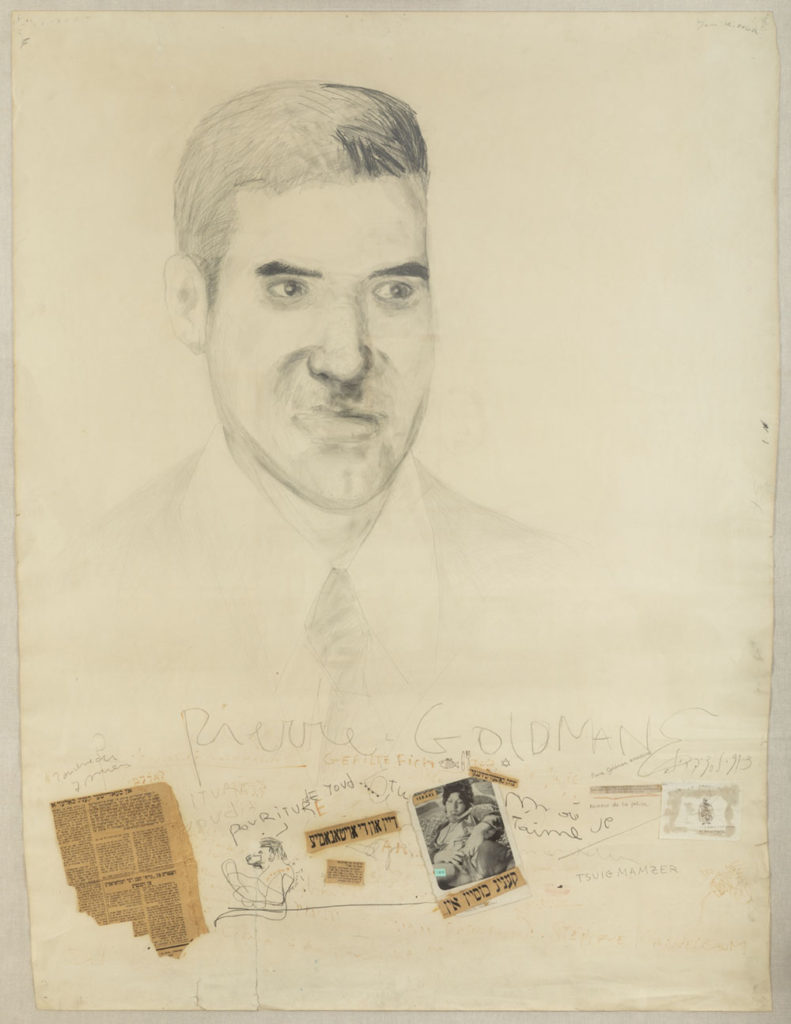
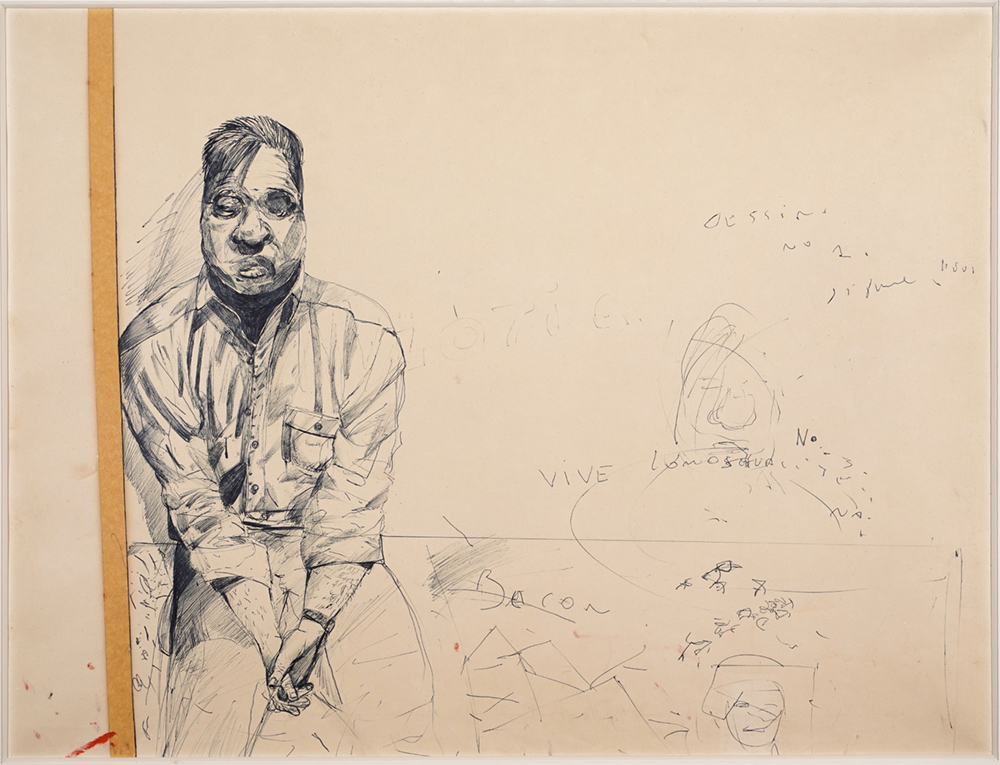
Comments
Post a Comment